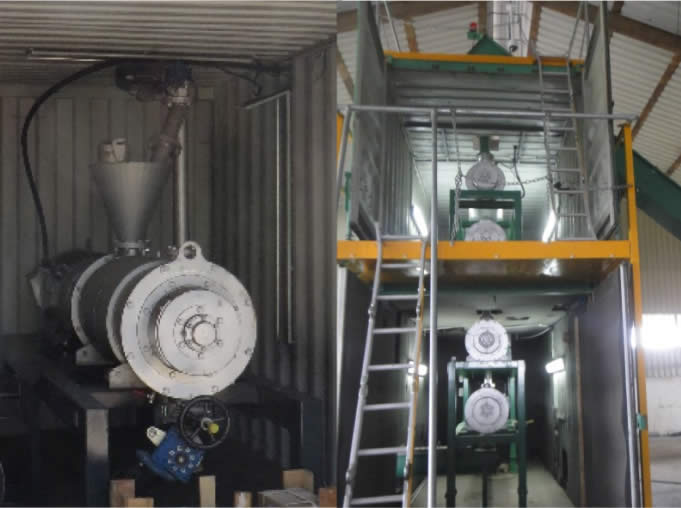
Contaminant destruction by MCD is underpinned by the principles of high energy ball milling which fall under the emerging scientific field of mechanochemistry. This area of science focuses on the change of substances that have been mechanically stressed.
High energy ball milling provides immense and indiscriminate mechanical forces that drive chemical and physical reactions.
In the case of MCD, the ball-to-ball and ball-to-surface collision points are the major regions of fracture and chemical reaction initiation.
The reactions induced at the fracture point include radical formation and electron transfer resulting in the destruction of chemical bonds. EDL exploits this chemical phenomena to destroy even the most persistent contaminants which pose a threat to human and environmental health.
Conventional ball-mills are low-impact batch systems that rely on gravity to accelerate ball bearing within a vessel. EDL’s continuous research and development has resulted in a unique patented reactor design which always for continuous flow of contaminated matrices.
MCD pushes mechanochemical innovation further by using a rapidly spinning shaft with ‘rotors’ attached to accelerate metal balls.
This leads to more ball-to-ball and ball-to-surface impacts within the reactor and the creation of high-energy environments conducive to contaminant destruction.
Our work has also found that the contaminant degradation models calculated in the laboratory correlate well with results obtained from full-scale trials. This shows the scalability of the process and allows for accurate predictions of efficiency to be made.

MCD provides a competitive alternative to existing remediation treatment systems by exploiting the mechanically induced reactions of high energy ball milling to degrade contaminants in soil and other matrices. This method requires far less energy input and is therefore a more attractive option for remediation than thermal treatment processes currently on the market.
Please feel free to contact us if you have any queries.